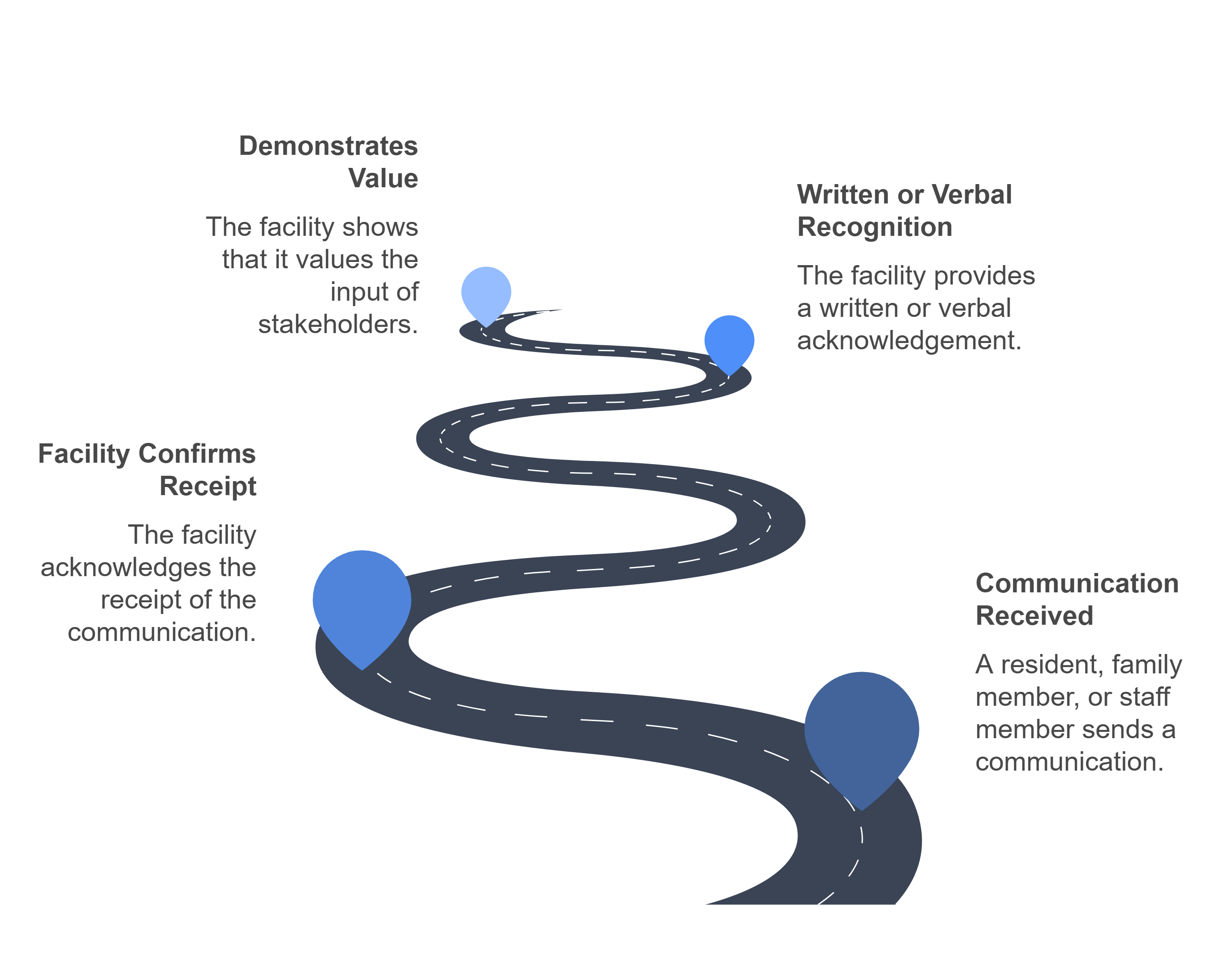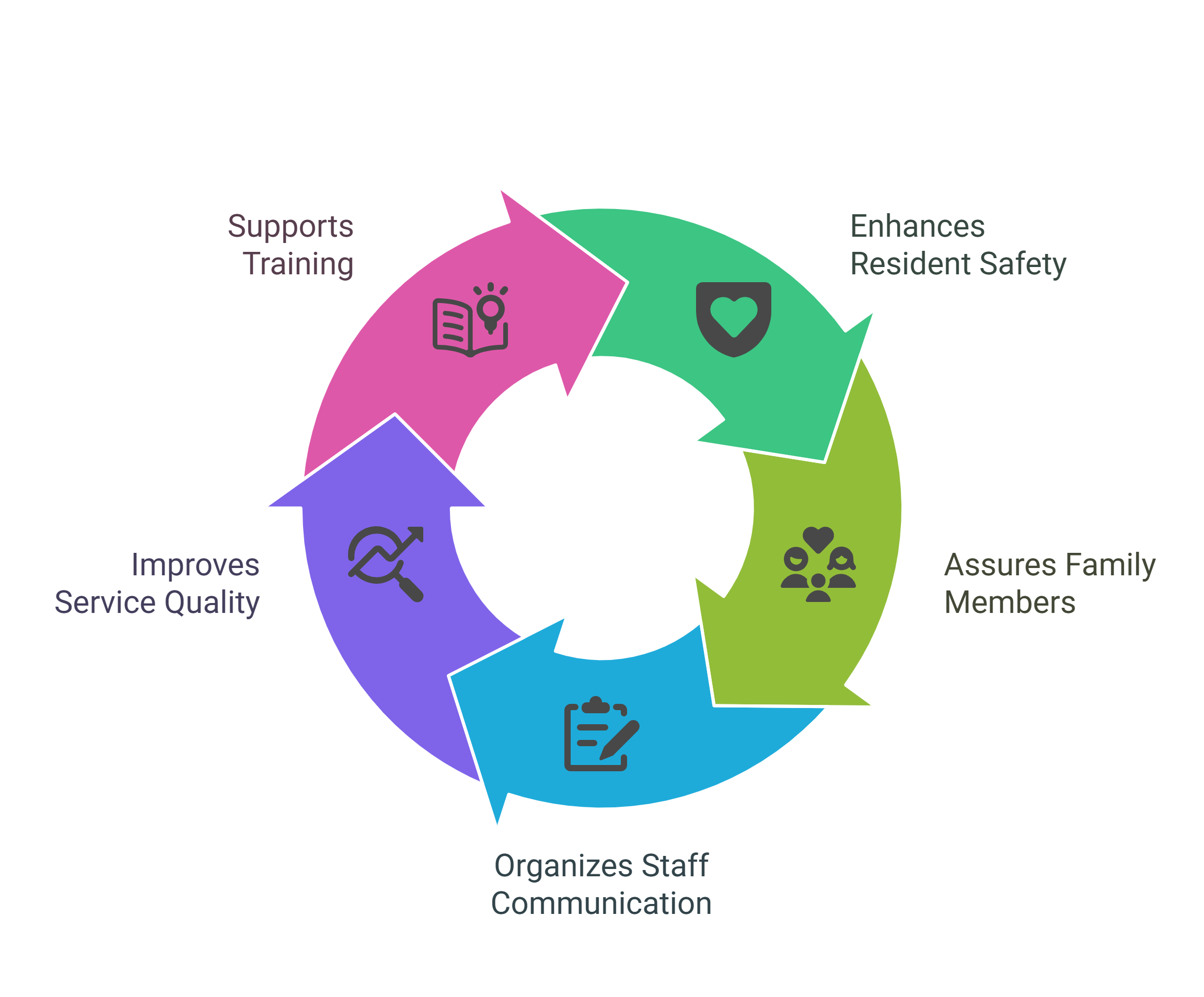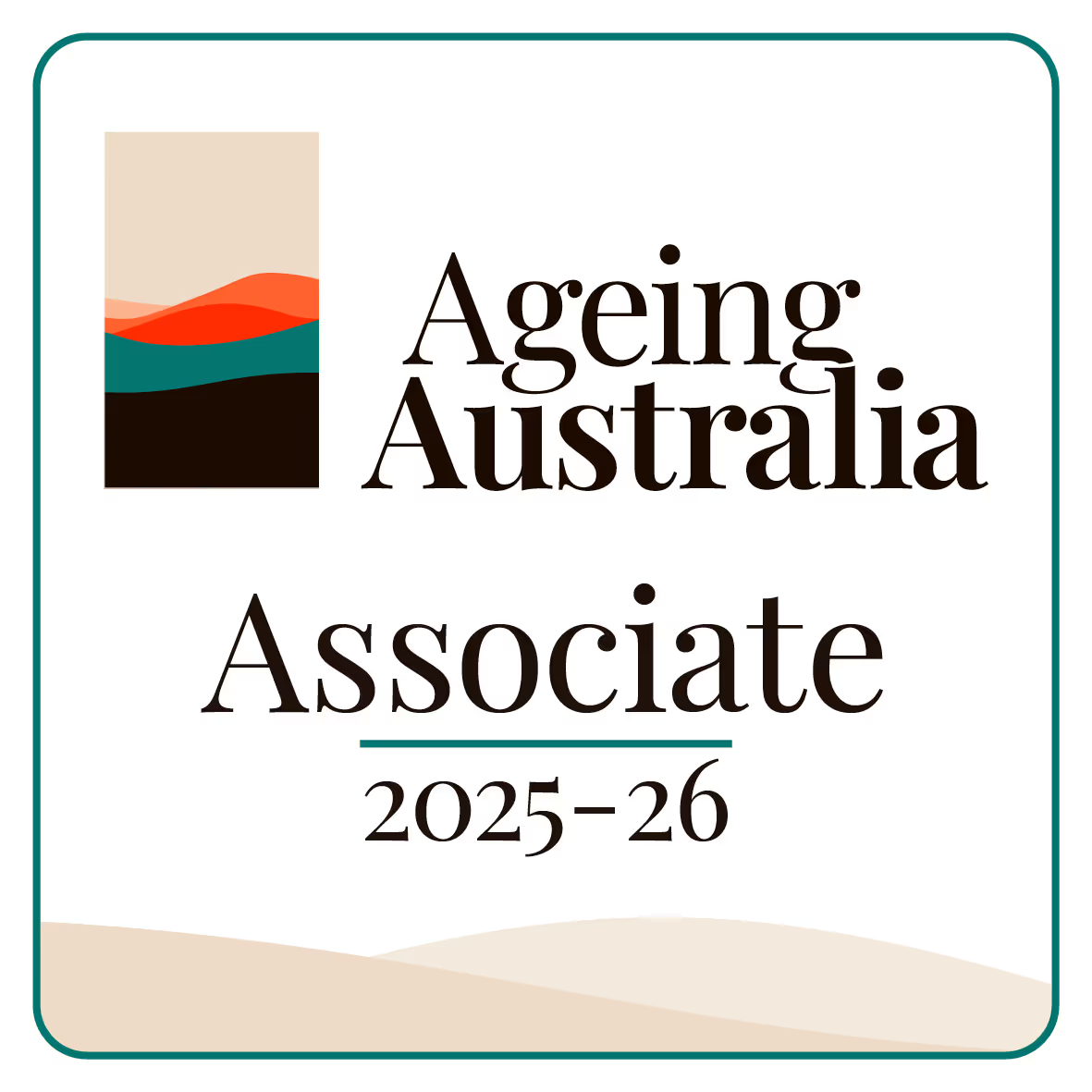What is Acknowledgement?

Acknowledgement is the process of formally recognising the receipt of information, feedback, or a complaint in a residential aged care facility. In this context, acknowledgement means that the facility confirms that it has received a communication from a resident, family member, or staff member. This written or verbal recognition is an important part of the overall system of care and communication. Acknowledgement shows that the facility listens and values the input of those who are connected with the facility.
Why is Acknowledgement Important in Aged Care?
Acknowledgement plays a key role in making residents and their families feel heard and respected. When a resident or family member sends feedback or raises a concern, receiving an acknowledgement lets them know that their words have been received. This step helps to build trust between the care provider and the people they serve. A clear acknowledgement process shows that the facility takes every communication seriously. In aged care, the feeling of being respected is very important. A well-documented acknowledgement process also helps to track concerns and actions that need to be taken by the facility. It is a sign of a caring environment where every voice is counted.
How is Acknowledgement Recorded?
When a communication is received, the staff or administration of the facility writes or says that they have received the message. This record may be kept in a log book or in an electronic file. The record usually contains details such as the name of the person who sent the communication, the date and time of receipt, and a brief description of the content. In some cases, a formal letter is sent back to the sender to confirm that the facility has noted their communication. This formal response is written in simple language so that it is easy to understand. The record helps the facility to follow up on any issues that may need further action.
Who is Involved in the Acknowledgement Process?
Many people may be involved in the acknowledgement process in an aged care facility. The first person to receive a communication is usually a staff member or an administrator. This person has the responsibility to make a note of the communication and pass the information to the right department. The person in charge of the area will then review the communication and provide a proper response. In cases where a complaint is raised, a special team or officer may be in charge of recording and responding to the concern. The process is designed to be clear so that everyone knows who is responsible for giving the acknowledgement.
How Does Acknowledgement Benefit Everyone?

For residents, a prompt acknowledgement makes them feel safe and respected. It shows that the facility cares about their experience and is ready to take any action if needed. For family members, an acknowledgement provides a way to know that their concerns or feedback are being taken seriously. Staff members also benefit from a clear process because it helps them to manage communications in an orderly manner. The facility as a whole benefits from the system by being able to keep a record of what has been said. This record can help the facility improve the quality of service over time and can be used for training purposes.
Examples of Acknowledgement in Practice
A common example is when a family member sends an email about the quality of the meals served in the facility. The administration writes a note in the email or sends a letter that states the message has been received and will be looked into. Another example is when a resident fills out a feedback form regarding the cleanliness of their living area. The staff member who collects the form writes down the time and date of receipt and then reports the feedback to the management. These simple steps of acknowledgement help to start a conversation about possible improvements.
Final Thoughts
Acknowledgement in aged care is a fundamental part of communication. It is a formal way of saying that the care provider has heard the words of residents, family members, or staff. A clear and simple process for acknowledgement builds trust and helps to make the living environment more positive. By keeping accurate records of every communication, the facility can follow up on concerns and improve its services over time. The concept of acknowledgement shows that every piece of feedback is important and that the facility is dedicated to listening and taking action when needed.






